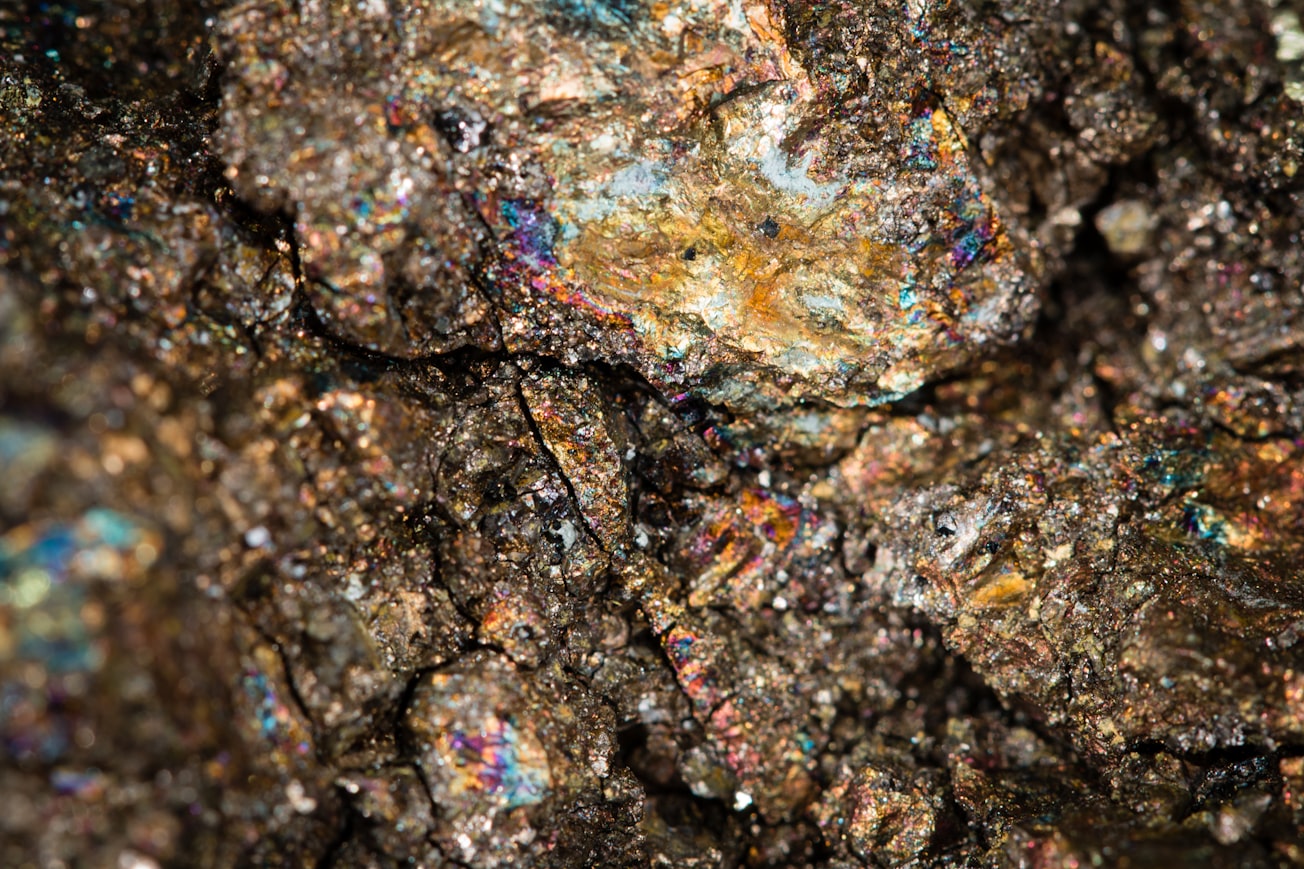What is it about?
We have studied the interaction of 14 different organic molecules with the crystalline (010) forsterite surface using periodic simulations, just to infer the conditions in which forsterite-rich asteroids and planetary embryos interacted with organic compounds. Each surface/molecule complex was characterized by computing its harmonic vibrational spectrum, in which the most significant frequency perturbations caused by the surface interaction are described. With the calculated interaction energies, the intrinsic affinity of the probe molecules with the silicate surface was obtained. However, this affinity scale does not correlate with the experimental abundances of the class of compounds found in the Murchison meteorite, a CM2 carbonaceous chondrite chosen as example for its organic content.
Featured Image

Photo by USGS on Unsplash
Why is it important?
Our theoretical approach has been useful to know how the interaction of organic molecules with forsterite works, and to infer the physico-chemical conditions in which forsterite-rich asteroids and planetary embryos (also Mars) interacted with organic components.
Perspectives
After this research we have started to get a wider view about the interaction of silicate minerals with organics and water at nanoscale. This theoretical work has been particularly useful to unveil some reactions at work in primordial undifferentiated asteroids and comets, but it has potential to understand some processes occurred in early Mars conditions as forsterite is also present in parts of its surface.
Prof. Dr. Josep M. Trigo-Rodriguez
Institute of Space Sciences (CSIC-IEEC)
Read the Original
This page is a summary of: Interaction of organic compounds with chondritic silicate surfaces. Atomistic insights from quantum chemical periodic simulations, Physical Chemistry Chemical Physics, January 2017, Royal Society of Chemistry,
DOI: 10.1039/c7cp03504g.
You can read the full text:
Contributors
The following have contributed to this page







